 Julia Donaldson, Axel Scheffler (illus)
Julia Donaldson, Axel Scheffler (illus)
Macmillan
Age 3-7
A brave mouse risks his life in the deep dark wood and gets the better of creatures who want to eat him for their tea by telling them he is off to visit his friend, the very scary Gruffalo. When this invented creature actually appears our hero has to find a way to avoid becoming a tasty mouse snack.The Gruffalo is an award winning picture book by former children’s laureate Julia Donaldson and illustrator Axel Scheffler. The story reads like a song making it a delight to read and re read. The bold and beautiful illustrations provide lots to talk about.
Share the story
Read aloud
Before reading the story talk about the cover illustration and then look closely at the first double page with the illustration of the wood. What can children see? Have they been anywhere like this? Read the book aloud, continuing to pause to talk about the illustrations as you do and encourage children to predict what might happen next.
Join in
As you re read the story children will become familiar with the words and enjoy joining in with the repeated phrases such as ‘A Gruffalo? What’s a Gruffalo?’ ‘Why didn’t you know?’ etc. They will enjoy pretending to be a Gruffalo showing their ‘terrible teeth’ and ‘terrible claws’ as you read.
Talk about the story
After children have heard the whole story share the bits you both liked, children’s favourite picture and how they think the mouse tricked so many animals and even the Gruffalo.
Tell the story
Using the pictures in the book or puppets encourage children to tell the story of the Gruffalo. You may find they start to use phrases from the story as they tell it.
Watch the story
Watch a reading of the Gruffalo story here from Daniel Bekele.
Things to make and do
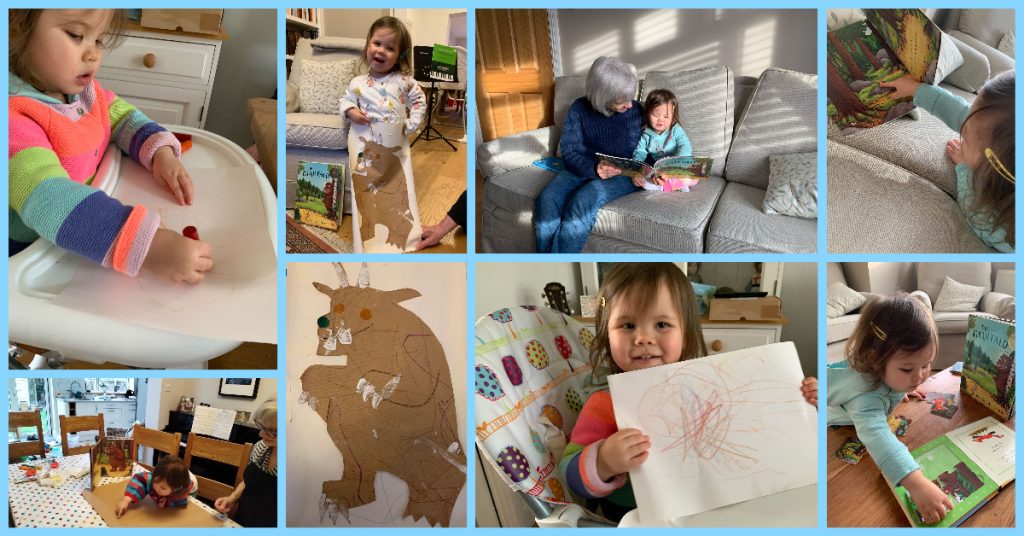
Make finger puppets
Make finger puppets for the animal characters in the story, either using the templates on the Gruffalo website or by making simpler puppets out of felt or paper stuck or sewn together and decorated with felt pens, wool. Use the puppets to tell the story together.
Make a mask
Make a gruffalo mask. There is a template on the Gruffalo website here.
Or you could make a simpler mask using a paper plate and a stick, using crayons and coloured paper to add detail. Children can wear the mask to be scary with their terrible teeth, tusks and claws.
Make a story world
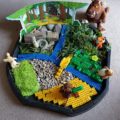
Use construction materials, small toys and found objects like this created by @Mat_at Brookes* to make a Gruffalo themed storyworld. Children can help create the storyworld and can enjoy replaying part of the story using small figures to represent the characters.
* Matt was inspired by ideas he found on Pinterest.
Draw a story map
Print the template sheet with the path through the forest; children can draw trees, the mouse and all the animals the mouse meets on his way.
Make a picture
Give children paints, felt pens or crayons and a large sheet of paper to make their own picture of a Gruffalo. Look back at the description in the story together to help children remember some of the details.
Go for a walk in the woods
If you live near a wood, forest or park with wooded areas go for a tramp through it like the mouse and the Gruffalo. Talk about what you hear and see. Take some photos and print and stick them into a scrap book when you are back home. Talk about your photos together.
Find out more
Visit the Gruffalo website here
This website includes an interactive exploration of the deep dark wood, things to make and do (including templates for masks and puppets), songs and recipes.
Find and enjoy other picture books by Julia Donaldson working with illustrator Alex Scheffler
Titles include:
Titles include:
The Gruffalo’s Child
A Squash and a Squeeze
* Room on the Broo
* Tyrannosaurus Drip
* The Snail and the Whale
Monkey Puzzle
Tiddler
The Stickman
Zog
* See more lovemybooks ideas


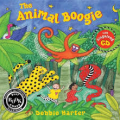
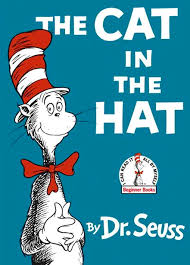 The Cat in the Hat
The Cat in the Hat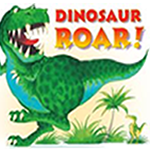
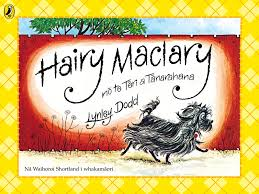 Hairy Maclary from Donaldson’s Dairy
Hairy Maclary from Donaldson’s Dairy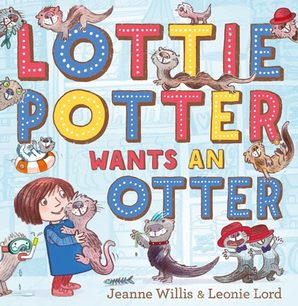 Lottie Potter wants an Otter Jeanne Willis, Leonie Lord (illus)
Lottie Potter wants an Otter Jeanne Willis, Leonie Lord (illus)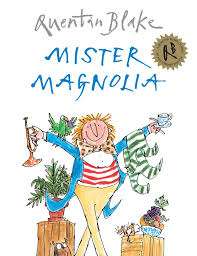 Mister Magnolia
Mister Magnolia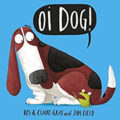 Oi Dog
Oi Dog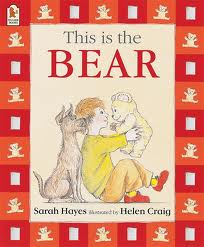 This is the Bear
This is the Bear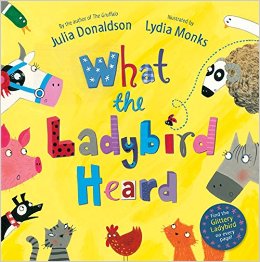 What the Ladybird Heard
What the Ladybird Heard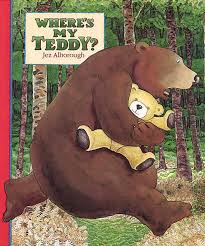 Where’s My Teddy?
Where’s My Teddy?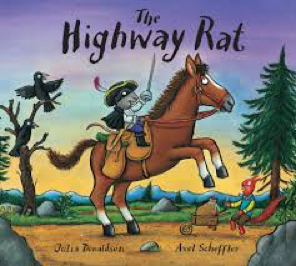 Julia Donaldson Axel Scheffler
Julia Donaldson Axel Scheffler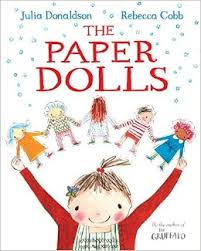 Julia Donaldson, Rebecca Cobb (illustrator)
Julia Donaldson, Rebecca Cobb (illustrator)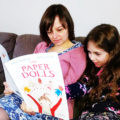
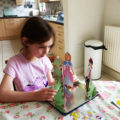
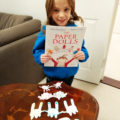
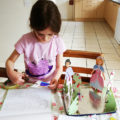
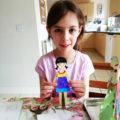
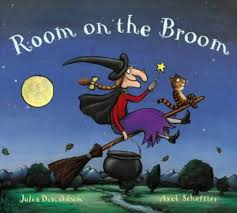
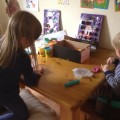
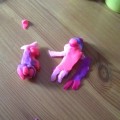
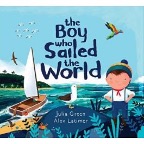
 What the Ladybird Heard
What the Ladybird Heard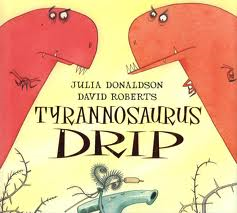

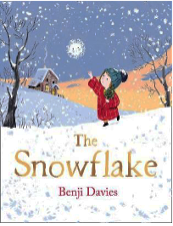
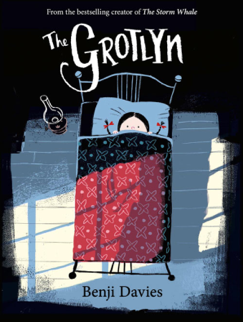 The Grotlyn
The Grotlyn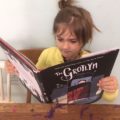
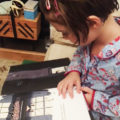
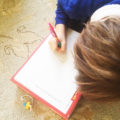
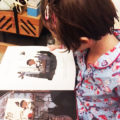
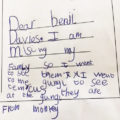
 Follow lovemybooksUK15
Follow lovemybooksUK15